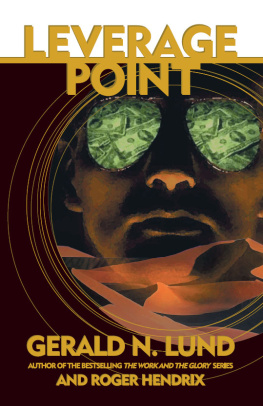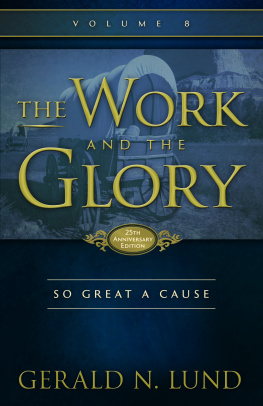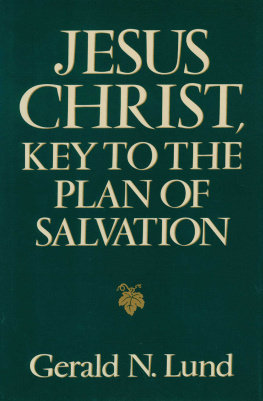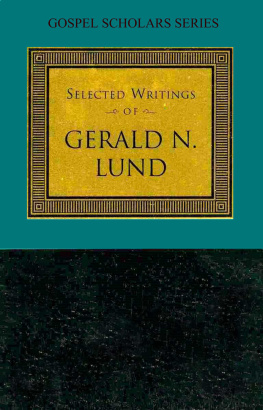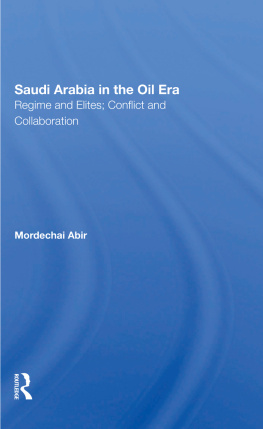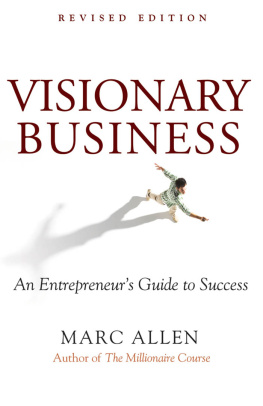All rights reserved. No part of this book may be reproduced in any form or by any means without permission in writing from the publisher, Deseret Book Company, P. O. Box 30178, Salt Lake City, Utah 84130. This work is not an official publication of The Church of Jesus Christ of Latter-day Saints. The views expressed herein are the responsibility of the author and do not necessarily represent the position of the Church or of Deseret Book Company.
BOOKCRAFT is a registered trademark of Deseret Book Company.
R. R. Donnelley and Sons, Harrisonburg, VA
Preface
Though the characters in this novel are fictional, they are based on the lives of people who do exist. For example, many of the feelings and thoughts of, and even some of the words spoken by, Alex Barclay reflect the feelings, thoughts, and words of a man who makes a lucrative living as a legitimate arms dealer. The personalities, traits, and experiences of many others in the novel, including Israelis, Saudis, and Americans, are drawn from the lives or are composites of real people. Thus, while the characters are fictional, they are true to the character and culture of their respective nationalities and social settings.
Many of the events, though changed sufficiently to protect the privacy of those involved, are based on actual happenings. There have been penetrations of Saudi air space, including the defection of an Iranian pilot who reached the massive oil complex at Ras Tanura. Covert support by the U.S. government of illegal arms sales has happened and will happen again. The introduction of Marc Jeppson, a relatively obscure educator from a small town in Utah, into the heady world of business, finance, and high technology in the culture of Southern California represents actual happenings in the lives of real people.
To insure the accuracy and realism of Leverage Point, the authors conducted numerous interviews and pursued considerable research in such areas as Islamic culture, Saudi Arabia and her peoples, the Mossad, Israels intelligence agency, arms and arms sales, high-performance jet aircraft, and high-tech radar systems.
The artistic relationship between the authors has been a collaborative one. Roger Hendrix developed the original story idea, created most of the characters, and wrote the preliminary outline. Gerald Lund was responsible for plot development, more extended character definition, and the writing of the novel. Both were involved in researching, interviewing, and reviewing and editing the work.
Geralds wife, Lynn, made numerous suggestions about characterization and plot development that improved the novel immeasureably. Jack Adamson, currently serving as senior vice president of Bonneville International Corporation, provided encouragement and valuable advice throughout the project.
Characters in Leverage Point
Marc Jeppson, professor of Near Eastern Studies, Claremont Colleges
Brett, his eight-year-old son
Matt, his six-year-old son
Alex Barclay, president of Barclay Enterprises; arms dealer and entrepreneur
Ardith, his wife
Mary Robertson, widow; Marc Jeppsons housekeeper
Valerie, her twenty-six-year-old daughter; computer programmer
Jacqueline Ashby, executive secretary to Alex Barclay
Quinn Gerritt, president of Gerritt Industries, a high-tech conglomerate
Jessica, his wife
Derek Parkin, lawyer; associate in Barclay Enterprises
Lyman Perotti, financier; reputed crime boss in Southern California
Arthur Hadlow, representative for Lyman Perotti
Russell Whitaker, Undersecretary of State, United States State Department
Taylor Canning, General, United States Air Force
Jonathan Taggart, engineer, Gerritt Industries; VSM-430 radar system designer
Mildred, his wife
Charlene, his seventeen-year-old daughter
Michael Shurtliff, Senior Vice President, Gerritt Industries
Theodore Wuthrich, Controller, Gerritt Industries
Harvey Edwards, owner, Edwards Automotive
John Talbot, Colonel, United States Air Force; senior test pilot
Israelis
Yaacov Shoshani, philosophy professor, Hebrew University; civilian advisor to the Mossad, Israels equivalent to the CIA
Esther, his wife
Nathan, his son; Mossad operative; team leader for Los Angeles operations
Moshe Gondor, control officer, Mossad
Eli Weissman, Deputy Director in Charge of Special Operations, Mossad
Yehuda Gor, nicknamed Udi; Mossad operative
Yossi Kettleman, Mossad operative
Yitzhak ben Tsur, Mossad operative
Saudis
King Abdul Aziz, also called Ibn-Saud; founder of modern Saudi Arabia; died 1953
The King, current head of the royal family and ruler of Saudi Arabia
The Crown Prince, next in line for the throne; close advisor to the king
Prince Feisal, brother to the king; Minister of Defense, Saudi Arabia
Prince Khalid, brother to the king; Commanding General, Royal Saudi Air Force
Prince Abdullah, half brother to the king; Minister of Finance, Saudi Arabia
Sayeed Amani, General, Royal Saudi Air Force
Sheik Ahmed al-Hazzan, vice-Minister of Defense, Saudi Arabia
Prologue
It was barely past noon. The air temperature stood at an even fifty degrees Celsiusone-hundred-twenty-two degrees Farenheitmaking the air shimmer so violently that only the first hundred yards or so of the twelve-thousand-foot runway was visible. The control tower, off in the distance, seemed like some sinuous serpent weaving to the sound of an unheard reed flute.
With a howling shriek, two McDonnel Douglas F-15s touched down, leaving bursts of blue-white smoke as the tires hit the hot concrete. Almost instantly the needle-nosed, twin-tailed craft disappeared into the superheated air, only to reappear a few moments later off to the left, one behind the other, taxiing toward the row of hardened shelters. On the ground, they looked awkward, almost grotesque, belying the incredible destructive power each craft carried within its bowels. Just below the cockpits, in sharp contrast to the gleaming aluminum skin, was a circular emblema palm tree with crossed swords beneath it. Next to the emblem, the inscription Royal Saudi Air Force was neatly stenciled in English and flowing Arabic.
To a thousand generations of Bedouins and village dwellers in the Arabian peninsula, the date palm had meant life and survival. The crossed swords, always unsheathed, represented strength through faith in Allah. It was that faith and the naked sword that had brought some of the worlds most formidible landscapecovering an area roughly the size of the United States east of the Mississippiunder the control of the Royal House of Saud.
The whims of some geologic genie had long ago placed beneath that blistering sand a black ocean of staggering magnitude. Allah had indeed smiled kindly on the Saudis. Twenty-six percent of all the worlds known oil reserves lay pooled below the desert kingdom. The Ghawar field, the largest onshore oil field in the world, contains more petroleum reserves than

